Vegetables
There's no controversy about vegetables! They're essential to health according to every theory of nutrition. Eating more of them is perhaps the number one thing you can do for your health.
They have something for everybody: mashable or crunchy, leafy or starchy, raw or cooked.
Many experts recommend five to ten servings a day for optimal health. You can't eat too many veggies!
Types of vegetables
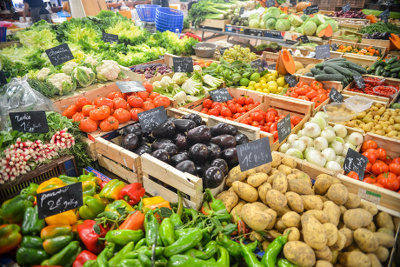
Luckily, there's a veggie for every situation. Just how many choices do we have?
Here's more than seventy culinary vegetables in a List of Vegetables--it shows their relationships and explains some characteristics of each of the veg families.
And pages on two major families:
Crucifers

The anti-cancer crucifer family includes broccoli, kale, radishes, turnips, and more. Some of the best-known--broccoli, cauliflower, and cabbage--are actually different cultivars of the same species, Brassica oleracea.
To read about the use of crucifers to prevent and fight cancer, go to the Brassica and Cruciferous Vegetables page.
This site also has pages on the Daikon radish and on a Bok Choy stir fry.
Nightshades
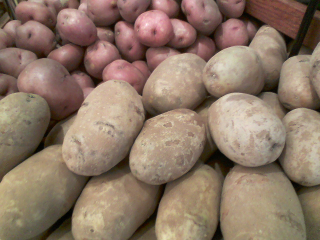
Some of America's favorite veg are in this family: potatoes, tomatoes, and chili peppers. So are drugs like tobacco and atropine.
The Nightshade Vegetables page discusses a few nutrition facts and a few warnings. They are highly nutritious, but unfortunately have some addictive and even toxic qualities.
A particularly sad fact is that these fun vegetables cause chronic pain in some people. But you can prove to yourself one way or the other if your joint or nerve pain is made worse by them: check out the No Nightshades Diet page to do a temporary exclusion diet.
Getting started
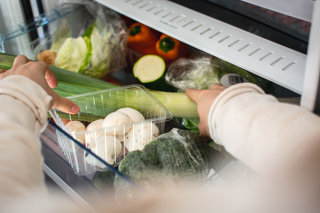
Let's suppose that like many Americans, you don't eat many vegetables.
How do you go about increasing them?
For ideas, see the page Healthy Vegetables: Getting Started.
Raw

See these pages for ideas for healthy Vegetable Snacks (instead of chips), and things to do with raw daikon radish.
To dress up your snacks and dinners, here's How to Make Healthy Guacamole.
Cooked
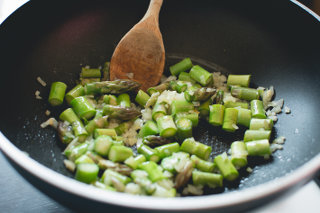
Many veggies are tastier, easier to digest, and, for a few, even healthier when cooked.
You don't need recipes to steam, stir fry, or sauté--just choose your favorites.
How to Steam Vegetables - fat-free, mess-free, quick
How to Make Stir Fry - high-heat, tasty, in a wok or frying pan
Benefits
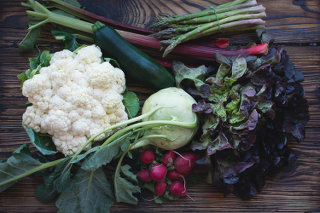
They're high-nutrient and low calorie: the opposite of junk food. They contain vitamins, minerals, antioxidants, and fiber.
This page suggests a few of the many Benefits of Veggies.
